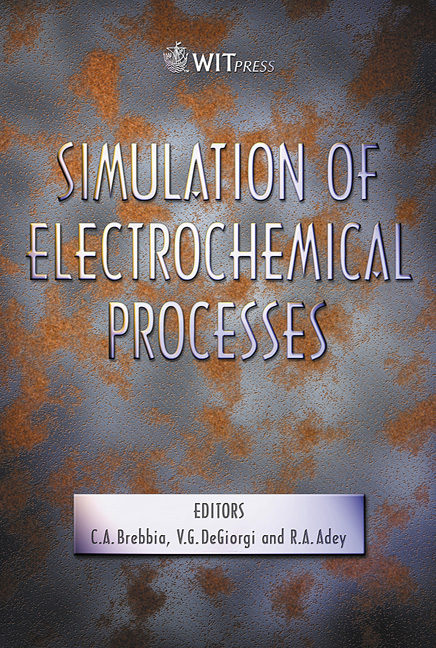BEM Analysis Of The Protective Mechanism Of Patinas Against Atmospheric Corrosion
Price
Free (open access)
Transaction
Volume
48
Pages
10
Published
2005
Size
1,330 kb
Paper DOI
10.2495/ECOR050181
Copyright
WIT Press
Author(s)
A. Peratta & E. Ayll´on
Abstract
Weathering steels are characterised by a low content of alloying elements such as Cu, Cr, Ni, P, and Si, which contribute to the outdoor formation of a corrosion product adherent film called a patina. Its attractive appearance and passivity power towards the environment to which it is exposed makes paint or other coatings for initial protection and subsequent maintenance unnecessary. Since its introduction in 1933, these attributes have spread its use to a large variety of structural applications such as buildings, bridges and electric power transmission line towers. Patinas are made up of compounds of α, β, γ, and δ iron oxyhydroxides (FeOOH) and magnetite in different proportions. Their composition, density and morphology depend on the environmental conditions of the place they are formed in. At present, no model explaining patina behaviour as an effective protection of steel against atmospheric corrosion has gained general acceptance among researchers. The purpose of this work is to propose a porous media model that shows the influence of patinas compactness as a protector. The initial stages of the attack during exposure without outdoor protection is in fact a selective one, being the non-metallic inclusions the most remarkable points of corrosion. The controlling mechanism of the patina protective attribute results from the compactness provided by the microalloying elements which leads to a decrease of the pores and particle size. The transport model of Fe2+ through the patina for weathering steels was analysed by a 3D computational code based on the Boundary Element Method for solute transport in porous media, and compared to the transport through non-weathering steel, thus relating the electrochemical nature of the corrosion to the porosity of the patina.
Keywords





